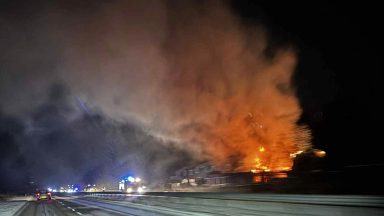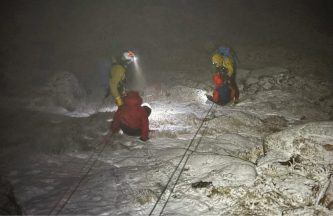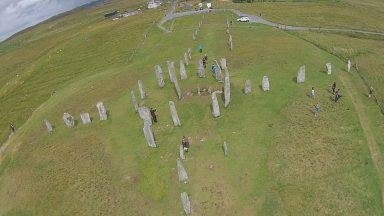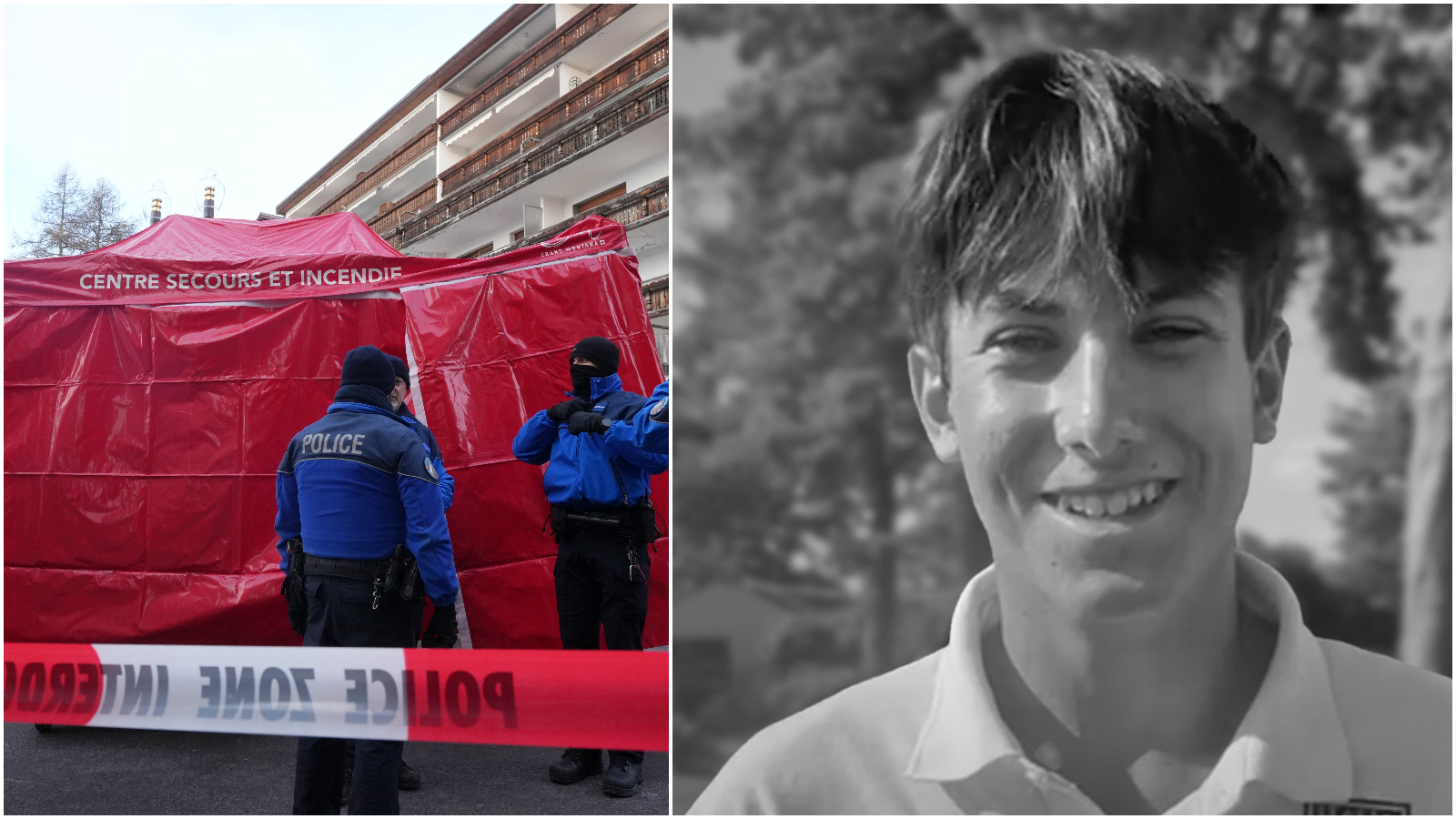Dozens of poems by a renowned Chilean, believed to have been murdered on the orders of the South American nation’s former authoritarian ruler, have been discovered carved into rocks thousands of miles away on the north coast of Scotland.
Andrew Simpson initially disregarded the lovingly rendered inscriptions of works by Pablo Neruda in the Bay of Sannick, but later found more than 20 different artistic “monuments” to the Nobel prize winner at various points along the shoreline.
Experts have hailed the discovery – almost 50 years after his death during the military coup that saw General Augusto Pinochet seize power – as a “significant and unusual shrine” but the identity of the sculptor remains a mystery.
A scholar from the University of Oxford plans to visit the site later this summer before reporting back to the Fundación Neruda in Santiago on the discovery nine years after an initial verse was found less than 200 yards away.

Simpson, 60, from Wick, who regularly photographs the area, told STV News: “When I first saw it, I thought it looked like something from Lord of the Rings, the way it was carved.
“It was only when I remembered about the poem that was found in 2013 I wondered if it could be the same thing. I checked it against the Spanish translation and it was.
“These are all carved at sort of mid-to-low tides. They’re not in inaccessible areas. They are just in the bedrock that are revealed when the tides go out.
“It is beautiful carving, it’s not done in a way that is, I don’t know, vandalism, it has clearly been completed with a lot of love and care.”

Among the carvings, Simpson also came across the creator’s “Banksy-esque” signature – the Greek name ‘Stefanos’ with a line running through the middle.
Most of the verses are taken from a compendium known as ‘Las piedras del cielo’ or ‘Stones of the Sky,’ which feature Neruda’s musings on the natural world from his home in Isla Negra – 70 miles from the Chilean capital.
Dr Dominic Moran, an expert in 20th century Latin American verse from Christ Church College, said there were significant parallels between the landscape of the nearby Pentland Firth and Chile’s Pacific coast where Neruda spent part of his life.
He added the creator, whose identity remains unknown, would have required an “intimate” knowledge of Neruda’s works to produce the inscriptions.
He added: “Stones have an emblematic quality in much of his poetry, often standing for origins, permanence and solidity in a number of different contexts, whether simply ‘natural’, philosophical or sociohistorical.
“They play a key symbolic role in this latter respect in his great Latin American epic poem Canto General, where Neruda is seeking some sort of bedrock on which to found/build his vision of the continent.

“These carvings reveal an undertaking of a quite different order and suggest that the creator of this grand marine shrine knew Neruda’s poetry intimately and was well aware of just how appropriate an act of homage this is.”
Neruda “officially” died as a result of heart failure in 1973, but foul play has long been suspected in his passing.
A prominent communist party supporter, Neruda died just 12 days after close friend Salvador Allende’s government was overthrown by the Pinochet military junta.

A court-ordered exhumation of his remains later found an “unexplained” substance that could have been apportioned to “a laboratory-cultivated bacteria,” lending credence to the rumour he was poisoned.
It is thought to be “unlikely” Neruda visited Scotland during his life, but Simpson said it “added to the mystery” surrounding the heartfelt tribute.
“Nobody I’ve contacted really seems to know,” he said.
“I’ve spoken to stonemasons online, they had nothing. I can’t see a local doing it, it is a very specific carving. It taken a long time because they could only carve at low tides and it extends to around 3,000 characters.
“It is a beautiful tribute. I would love to know where they came from, but we might never find out.”
Follow STV News on WhatsApp
Scan the QR code on your mobile device for all the latest news from around the country


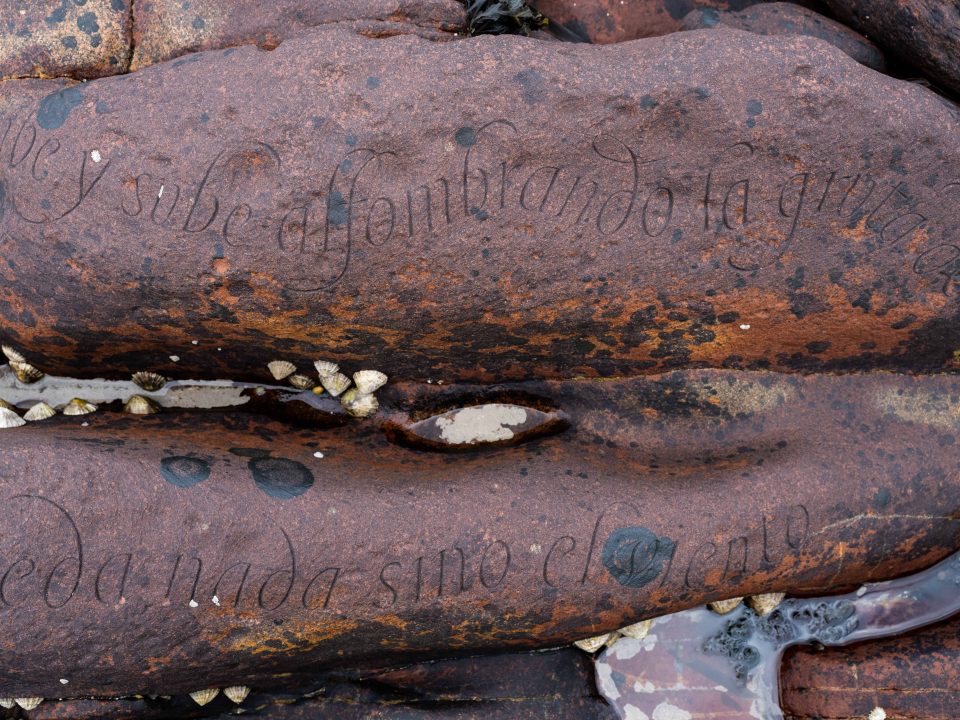 Andrew Simpson
Andrew Simpson

